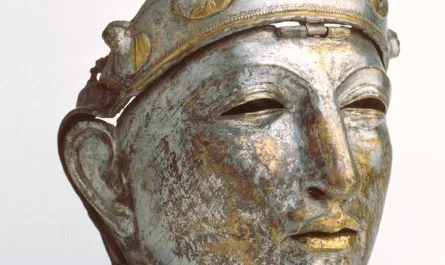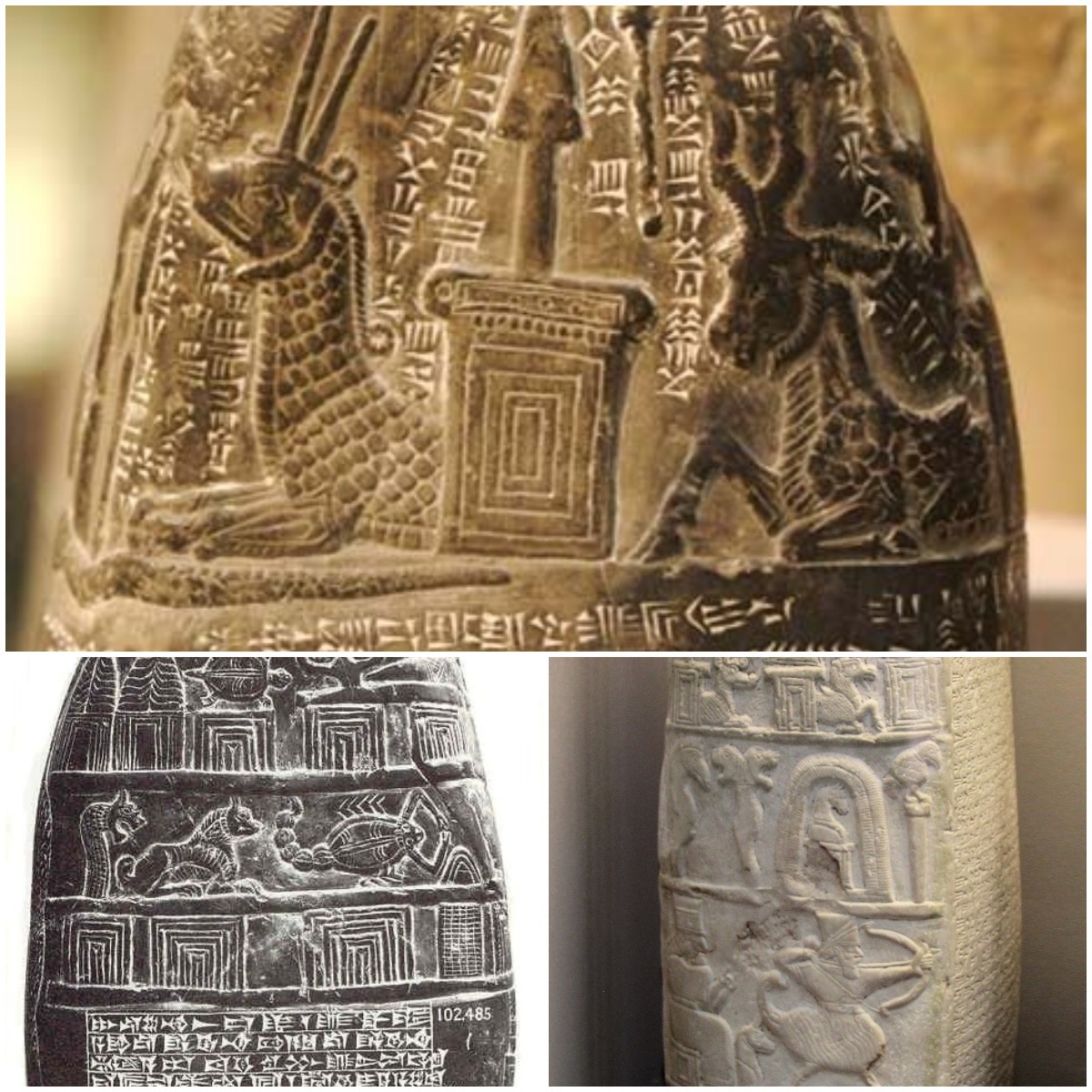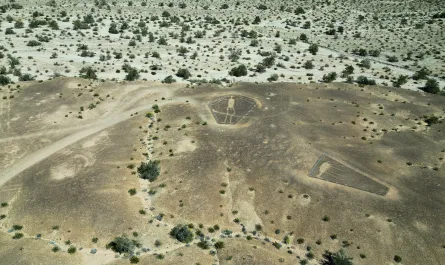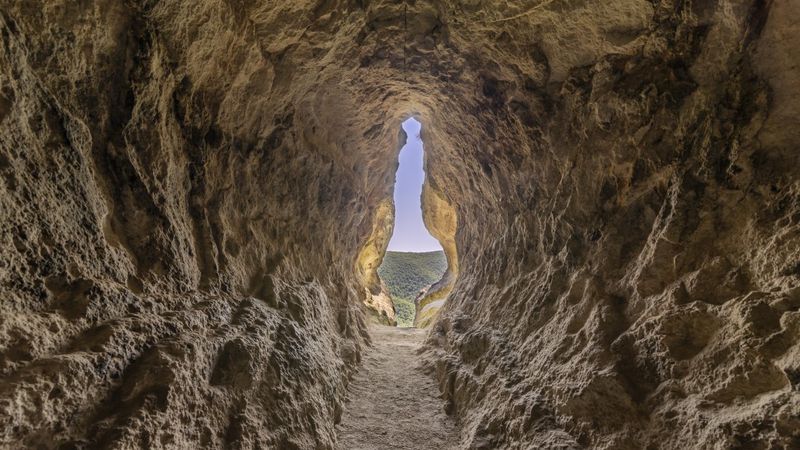The Temple of Jupiter at Baalbek: A Monument of Roman Grandeur
The Temple of Jupiter in Baalbek, Lebanon, stands as one of the most awe-inspiring remnants of the Roman Empire’s architectural prowess. Constructed in the 1st century AD as part of the vast Heliopolis complex, this colossal structure reflects the empire’s ambition, engineering genius, and devotion to its gods. Though time has weathered its grandeur, the surviving ruins—designated a UNESCO World Heritage site in 1984—continue to captivate visitors, offering a window into the scale and sophistication of Roman architecture. This article explores the temple’s history, design, and enduring legacy as of 2025.
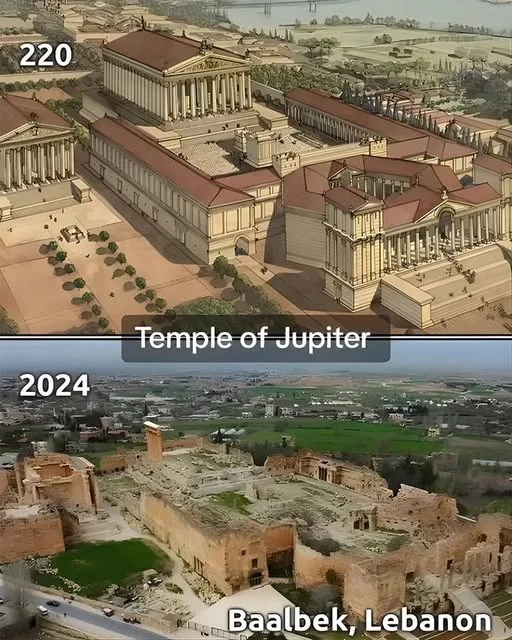
Historical Context
Located in the Beqaa Valley, Baalbek was known in antiquity as Heliopolis, or “City of the Sun,” a name bestowed by the Greeks and later adopted by the Romans. The site’s religious significance predates Roman rule, with evidence of Phoenician and Canaanite worship dating back to the 2nd millennium BC. When the Romans annexed the region in the 1st century BC, they transformed Baalbek into a major religious center, dedicating the Temple of Jupiter to the chief deity of their pantheon.
Construction of the temple began under Emperor Augustus (27 BC–14 AD) and was largely completed by the 2nd century AD under Nero and later emperors. The temple was part of a larger complex that included the Temples of Bacchus and Venus, forming one of the grandest sacred precincts in the Roman world. The site’s strategic location along trade routes and its fertile surroundings made it a hub of cultural and economic exchange, further elevating its importance.
Architectural Marvel
The Temple of Jupiter was a masterpiece of Roman engineering, designed to inspire awe and reverence. Its key features include:
- Monumental Scale: The temple stood on a massive podium measuring 88 meters long, 48 meters wide, and 13 meters high, elevated to dominate the surrounding landscape. The platform was constructed with some of the largest stone blocks ever quarried, including the famed “Trilithon” stones, each weighing approximately 800 tons.
- Towering Columns: The temple’s peristyle featured 54 Corinthian columns, each 19.9 meters tall and 2.2 meters in diameter, among the largest ever erected in antiquity. Crafted from local limestone and topped with intricately carved capitals, these columns supported an ornate entablature and roof.
- Intricate Design: The temple’s interior likely housed a massive statue of Jupiter, with decorative friezes and reliefs depicting mythological scenes. The surrounding courtyard, or temenos, was adorned with altars, fountains, and smaller shrines, creating a cohesive sacred space.
The engineering required to transport, carve, and erect such massive stones remains a subject of fascination. Scholars believe the Romans used a combination of ramps, pulleys, and cranes, though the precise methods are still debated. The temple’s alignment with celestial events, a hallmark of Roman sacred architecture, further underscores its sophistication.
Decline and Preservation
The Temple of Jupiter’s decline began with the fall of the Roman Empire in the 4th century AD. The rise of Christianity under Emperor Constantine and the subsequent edict of Theodosius I banning Pagan worship led to the temple’s abandonment. Over centuries, earthquakes, looting, and reuse of materials for Byzantine and Islamic fortifications further damaged the structure. By the Middle Ages, the site was repurposed as a fortress, with parts of the temple incorporated into defensive walls.
Despite these ravages, significant portions of the temple survive. As of 2025, six of the original 54 columns remain standing, their weathered surfaces a testament to the passage of time. The massive podium and Trilithon stones, remarkably intact, continue to draw archaeologists and tourists alike. The adjacent Temple of Bacchus, better preserved, offers additional context for the complex’s original splendor.
UNESCO Recognition and Modern Significance
In 1984, Baalbek was designated a UNESCO World Heritage site for its outstanding universal value as a testament to Roman architecture and urban planning. The site’s preservation is managed by Lebanon’s Directorate General of Antiquities, though challenges persist due to regional instability, funding shortages, and environmental degradation. Recent efforts have focused on stabilizing the ruins and protecting them from further earthquake damage.
The Temple of Jupiter remains a source of fascination for its sheer scale and the mysteries surrounding its construction. Visitors marvel at the towering columns and the precision of the stonework, while researchers continue to study the site for insights into Roman engineering and religious practices. Baalbek’s enduring appeal is evident in its role as a venue for cultural events, such as the Baalbeck International Festival, which hosts performances amidst the ruins.
Challenges and Future Prospects
As of 2025, Baalbek faces ongoing threats from Lebanon’s political and economic challenges, which limit resources for conservation. Climate change and tourism-related wear also pose risks to the site’s longevity. However, international partnerships and UNESCO’s involvement offer hope for continued preservation. Digital reconstructions and virtual tours, increasingly popular, allow global audiences to experience the temple’s grandeur, supplementing on-site visits.
Conclusion
The Temple of Jupiter at Baalbek stands as a monumental symbol of the Roman Empire’s ambition and ingenuity. Its towering columns, massive stones, and intricate design reflect a civilization at the height of its power, while its surviving ruins speak to its resilience. As a UNESCO World Heritage site, Baalbek continues to inspire awe, drawing visitors to Lebanon’s Beqaa Valley to witness a legacy that transcends time. Though diminished, the Temple of Jupiter remains a powerful reminder of humanity’s capacity to create enduring wonders.
